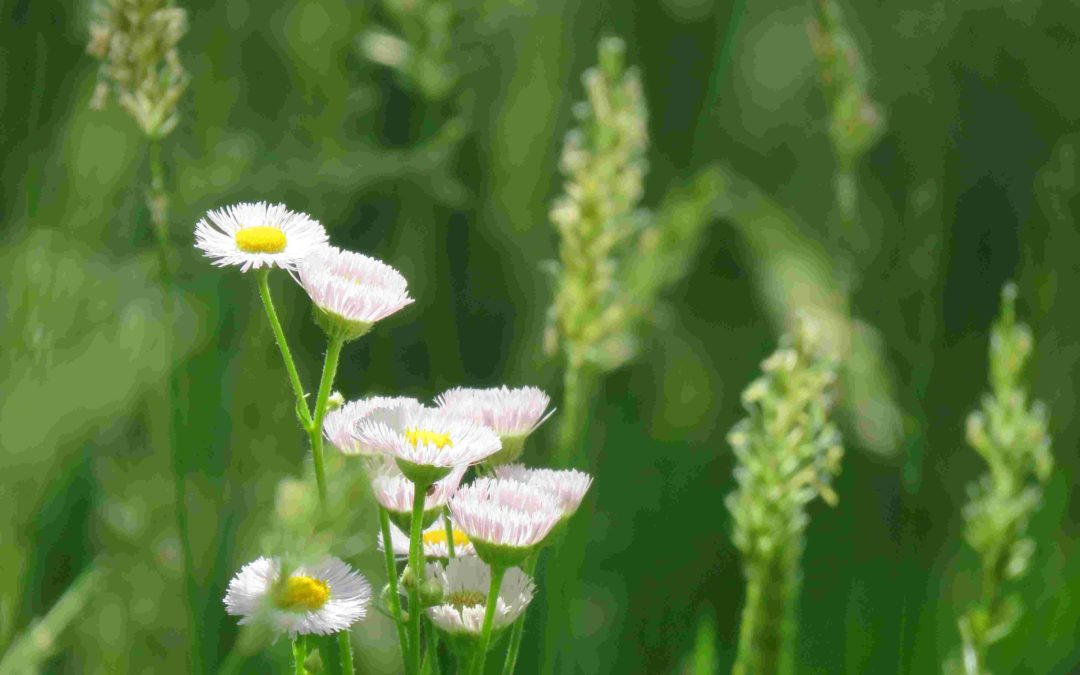The wheel of the year turned this past week. To the ancient Celts, May 1st or Beltane (which translates as “bright fire”) was a celebration of the beginning of summer. The fires of Beltane symbolize and rejoice in the Northern Hemisphere’s shift toward the Sun and the promise of the abundance of Earth’s fecundity. Here in the mountains, the drizzly, unpredictable days of early spring have passed into the certainty of above-freezing temperatures. The Bees are abuzz, Blue-tailed Lizards bask in warm sunshine, and Butterflies frolic amongst fragrant Wildflowers without fear of freezing to death. Seemingly overnight the buds of early spring have erupted into a wash of greens painting the mountainsides, and the hopeful songs of avian suitors fill the air. The ebullient leafing out of Trees finally offers me the opportunity to definitively know their names, so I carved out some time for the painstaking tasks of counting, measuring diameters at breast height, and identifying the arboreal beings of the forested Land areas.
A few months ago, Duke Energy and their hired assassins came through and brutally cut a wide utility easement through the middle of the Forest, cutting down 50+ year old Trees and grinding every, single, living Plant into mulch. Of course, this type of assault invites invasion by alien floral species, so it is no surprise that Honeysuckle shrubs and vines Lonicera spp., Asian Bittersweet Celastrus orbiculatus, and Multiflora Rose Rosa multiflora have sprung forth in profusion in the abhorrent vacuum. But seedlings of Red Maple Acer rubrum, White Oak Quercus alba, Black Cherry Prunus pensylvanica, and other native Plants have also answered the call to fill the void. Despite the horror of the ecocide, Duke’s barbarity provides an interesting case study for rewilding, providing a blank slate for more-than-humans to fill in with their own intelligent designs.
I wrestle with my Western human ego’s desire to impose control over the situation, noting the strong sentiments for each species streaming in and out of my mind – annoyance (Multiflora Rose), delight (Chinquapin Castanea pumila), and hatred (Asian Bittersweet). I fixate on what I perceive as brokenness in this drastically human-altered place. As an environmental impact assessment specialist, I have been academically and professionally reared on such narratives, and media headlines serve to reinforce them. The climate is changing in ways never seen in the history of the Homo sapiens species. Air, Water, and Land choke on the byproducts of human technologies. Old growth Forests are being rendered into McDonald’s hamburgers and toilet paper. Species are disappearing into deep time at a rate three orders of magnitude higher than historic background extinction levels. All these things are true and overwhelming.
As I sit in the shade of a Dogwood Cornus florida Tree, enjoying a cool drink of water and a reprieve from the heat of the day, however, my attention is drawn to the abundance and variety of Plants springing forth on the Forest floor. Not just invasive species, but Solomon’s Seal Polygonatum spp., Sarsaparilla Smilax spp., and others emerge from the rich remains of the fallen. Earth’s capacity to perpetually regenerate life from death awakens in me the reverence paid this time of year by my Celtic ancestors. I find myself filled with awe despite my usual depressive affect. The world is not broken. Fixating on anthropocentric destruction overlooks the everyday miracles materialized by the trillions of beings who are busy at work crafting and recrafting Earthly reality. Perhaps it is the height of Western human arrogance to name a geological era, the Anthropocene, after ourselves. In fact, all beings, including humans, shape this world.
In thousands of years when humans are nothing but a planetary memory, the story of our life, death, nurturance, and destruction as a species on this planet will live on, an immutable history etched forever in geological time. The Earth will never be restored to an idealized, pre-human ecology (Donlan et al., 2006; Haraway, 2016), but it will always emerge, year after year, in a state of beautiful becoming. During our remaining time here, the chaotic reality of an increasing human population of almost eight billion people prohibits any ambitions for ecological utopias (Bekoff, 2014; Haraway, 2016), but rewilding can engage all planetary realities as sites for healing and coexistence, including and amongst the tangle of alien species in my backyard (Bekoff, 2014; Haraway, 2016). The Land here will rewild, but this will not eliminate death and suffering. Duke Energy will inevitably show up again, invasive species will move in, and the climate will change, but the ancient wisdom of Beltane promises that Persephone will reliably and predictably claw her way out of the underworld, miraculously morphing morbidity into new beginnings. And that gives me hope.
References
References
Bekoff, M. (2014). Rewilding our Hearts: Building Pathways of Compassion and Coexistence: New World Library.
Donlan, J., Berger, J., Bock, C. E., Bock, J. H., Burney, D. A., Estes, J. A., . . . Smith, F. A. (2006). Pleistocene rewilding: an optimistic agenda for twenty-first century conservation. The American Naturalist, 168(5), 660-681.
Haraway, D. (2016). Staying with the trouble: Making kin in the Chthulucene: Duke University Press.
Notes
*Throughout this website, I will use capital letters for the names of more-than-humans to signal their personhood.

A beautiful reflection again today. The world is not broken, but there is much pain, grief, anguish and unnecessary violence. Thanks to you and the millions of others now rewilding/renewing/transitioning/taking action for a more just and better world. Coalitions and alliances of hope criss-cross the world.